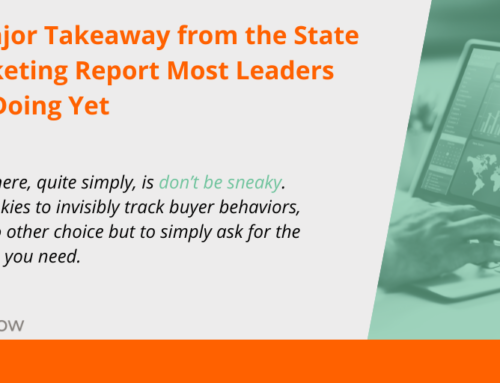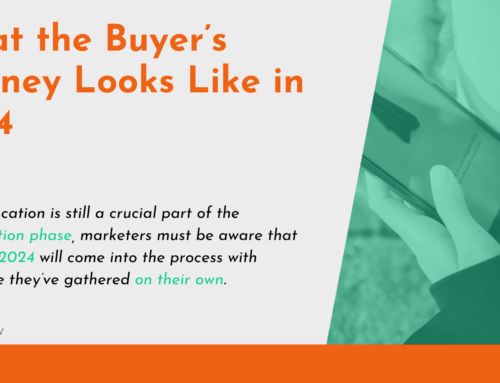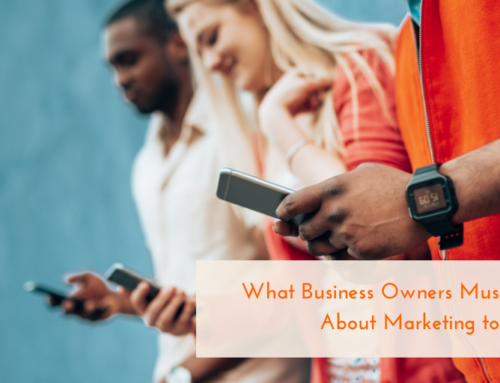In the digital age, remarkable, relevant content is the key to attracting customers. You know this. But do you know how to tailor that content to fit into each stage of the buyer’s journey?
The fact that content is king has no doubt been pounded into your head and left a lasting impression. It’s true, though. Buyers actually experience the majority of the sales cycle through web content. That means they’re more than halfway through a decision to buy before they even speak to a salesperson. This means you need to intercept them early on to influence that decision.
Creating that content can sometimes be trickier than it sounds. How do you know what kind of content your prospective buyer is looking for? This is where the buyer’s journey comes in.
“Too many companies’ landing pages are still collecting too much information at the early stages of a relationship,” says Lori Wizdo. Buyers at each stage have different needs. Too much bragging about your product early on can chase them away.
The Buyer’s Journey
Think of the buyer’s journey as a bridge that connects a prospect’s initial search to you and your brand. Now split that bridge up into three parts:
- The awareness stage
- The consideration stage
- The decision stage
To guide the buyer across, you have to tailor your content to each stage. But how do you know what content to supply at each point? Let’s take a look at what buyers expect to find while crossing that bridge.
The Awareness Stage
It all starts with a simple search. In the first stage of the buyer’s journey, the buyer is experiencing some sort of problem, but they can’t quite put a name on it. They don’t want to talk to a salesperson; they just want to do a little research on their own. In the awareness stage, the buyer couldn’t care less about your brand. It sounds harsh, but that’s the reality of marketing.
Take a bit of advice from the movie Field of Dreams. “If you build it, they will come.” This doesn’t mean you can just slap any ol’ content up on your site and wait for the buyers to flock to you. You have to be objective in their eyes. Don’t approach buyers with your brand in mind, but with their needs in mind.
The goal here is to educate buyers about a problem they’re looking to understand. To do this, you can provide free materials like expert guides, tip sheets, eBooks, and checklists. Sources like these grab buyers’ attention and makes them aware of your brand. It shows them that you understand their problem and know exactly how to help.
The Consideration Stage
Thanks to your educational content, the buyer is now able to define their problem. They know exactly what solution or opportunity they need. They’ve crossed over into the consideration stage.
Now that the buyer is aware of your brand, they’re more willing to hear about what you can do for them. It’s time to show them that you really know your stuff. The question is this: How do you address that buyer’s needs without selling yourself too hard? Through things like free samples, webinars, and case studies. Have the buyer enter their email address to access that information. Then you can turn them from a prospect into a lead. Include them in email marketing and newsletters to further familiarize them with your brand.
If the content you provide is helpful and relevant, those leads will keep you in mind as they enter the next stage of their journey.
The Decision Stage
This is the final stage of the buyer’s journey. In the decision stage, buyers are ready to, well, buy! This is where it all pays off. By this point, the buyer has a taste of how your products or services can solve their problem. What they need now are reasons why your solutions are their best bet. Show them why with content like comparison guides and product literature.
Free trials, demos, estimates, and coupons for your product are also great ways to earn buyers’ trust and show them exactly what you can do for them.
Have you tried to align your content with the buyer’s journey? If you still aren’t sure how to traverse that bridge, give us a call! We’d love to help.






